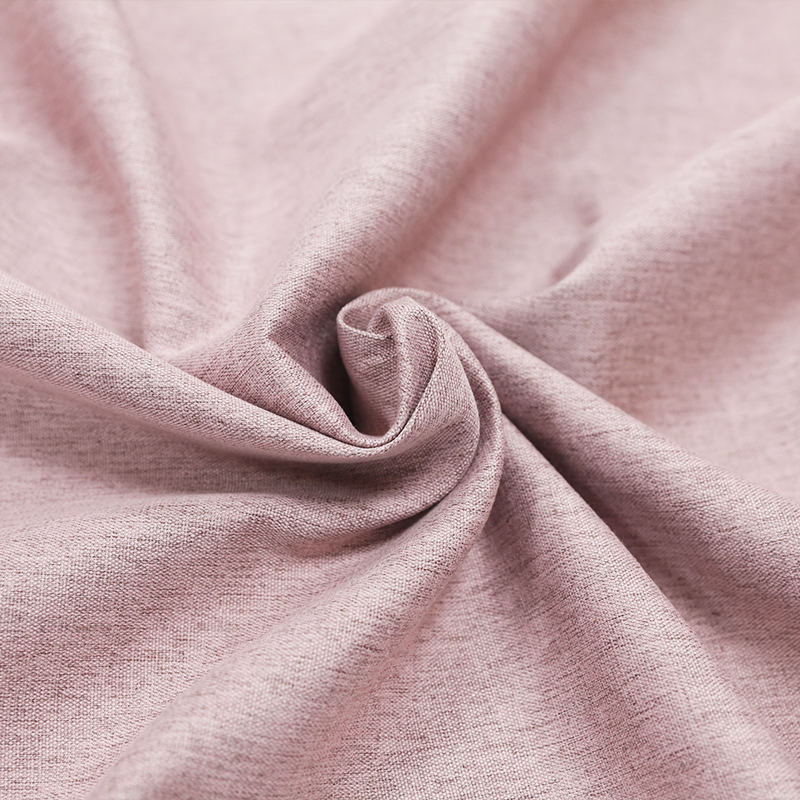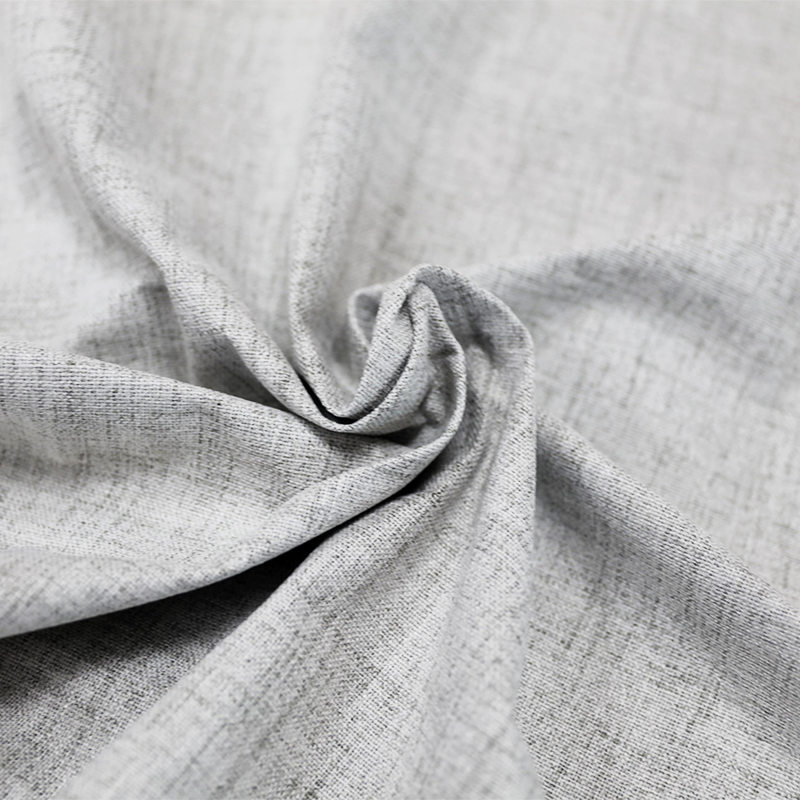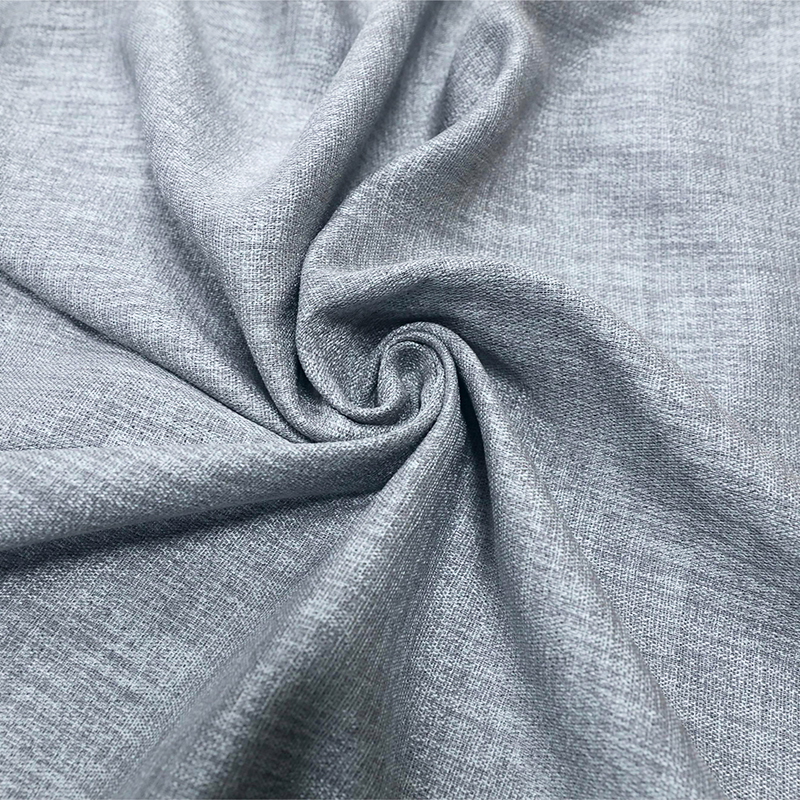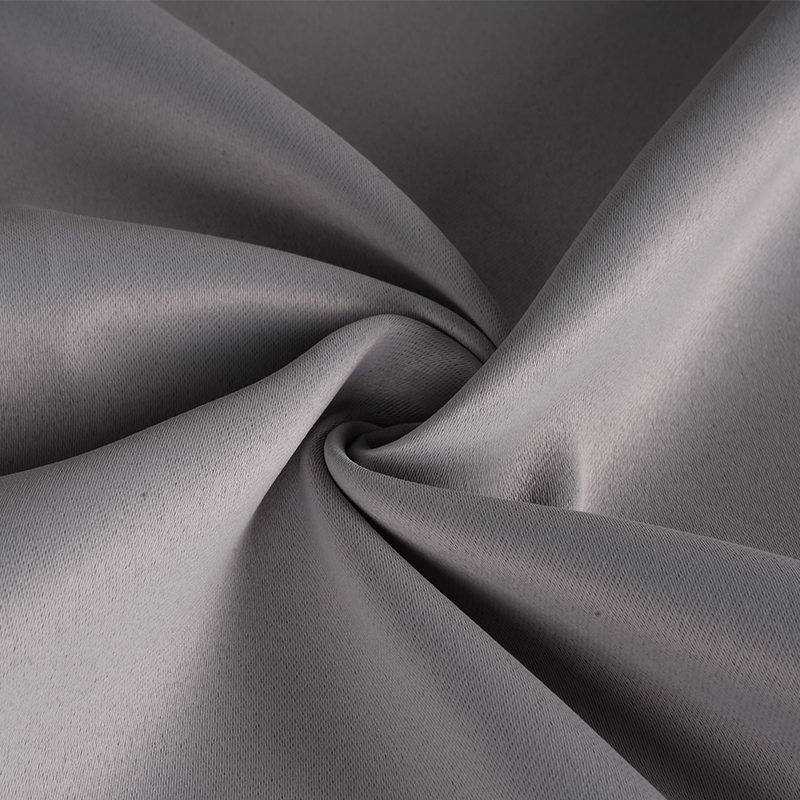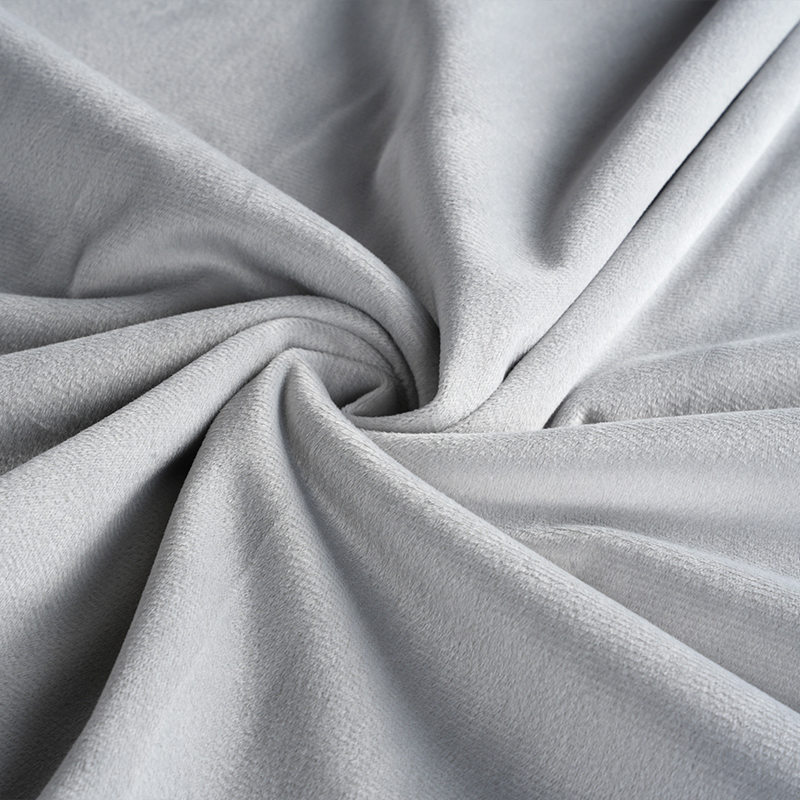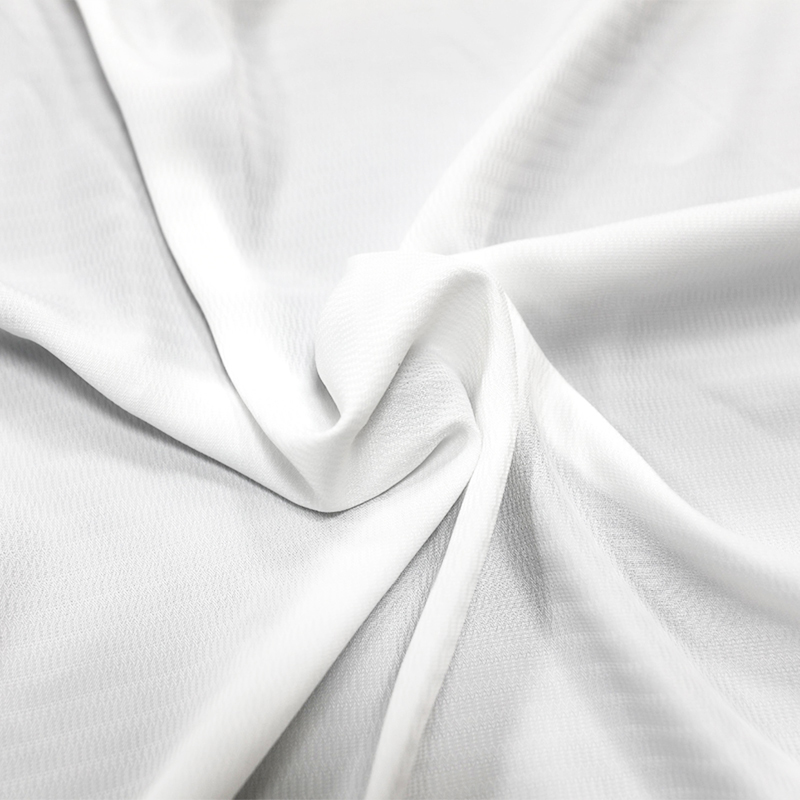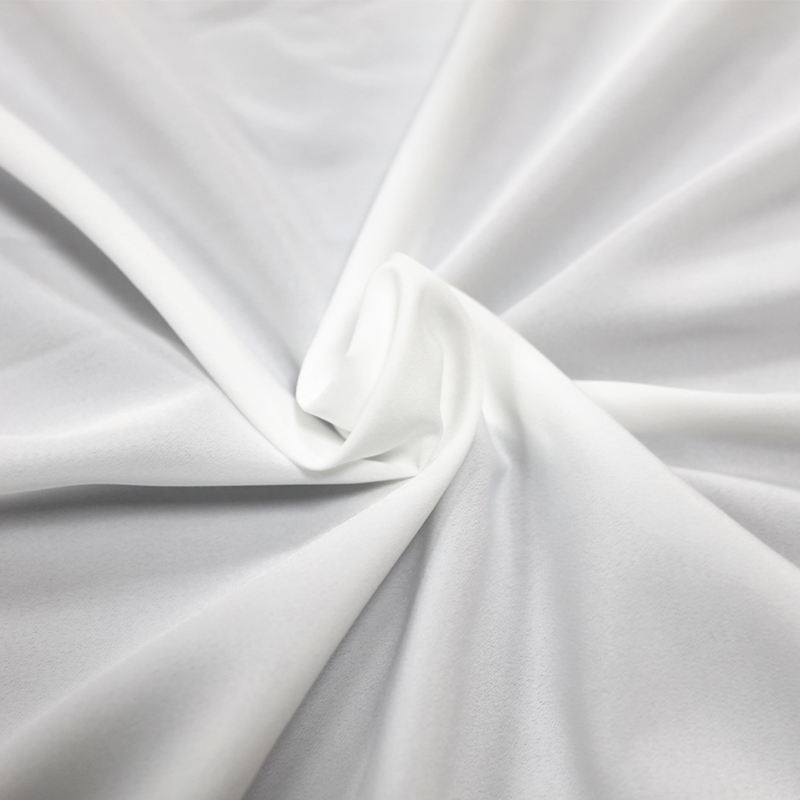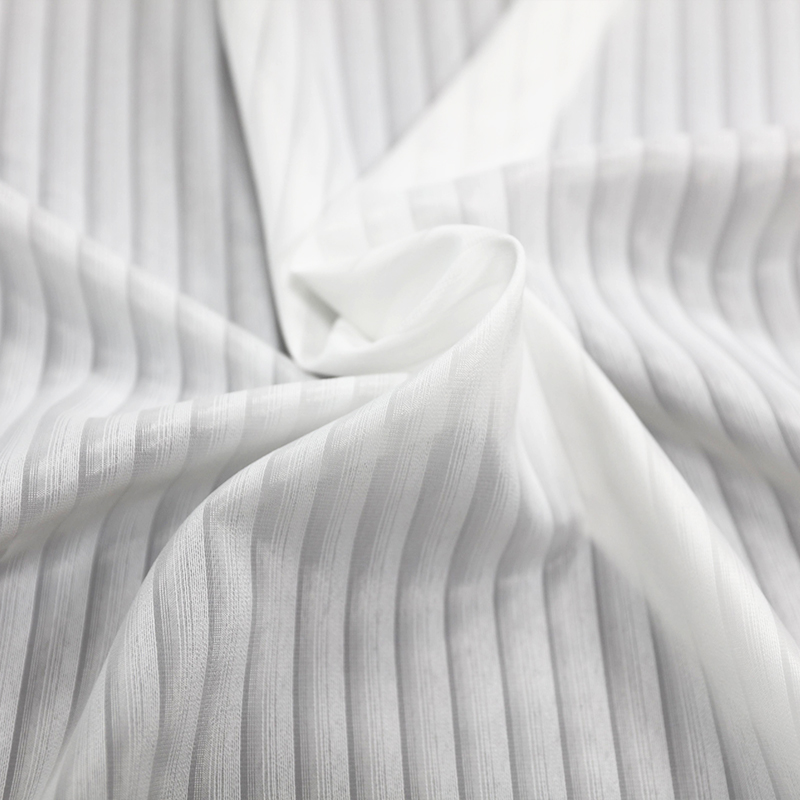-
Phone:+86-13815442820
-
E-mail:[email protected]
-
Address:Room 0415-2, Building 1, Baohui Business Building, Keqiao Street, Keqiao District, Shaoxing City, Zhejiang Province
Blackout Curtain Linen vs. Polyester: Which Material is Right for Your Home?
 2025.10.13
2025.10.13
 Industry News
Industry News
When it comes to choosing curtains for your home, fabric plays a crucial role, impacting not only the look but also the functionality, durability, and maintenance of the curtains. Among the most popular materials for blackout curtains are Blackout Curtain Linen and Polyester. Each of these materials has unique advantages and disadvantages.
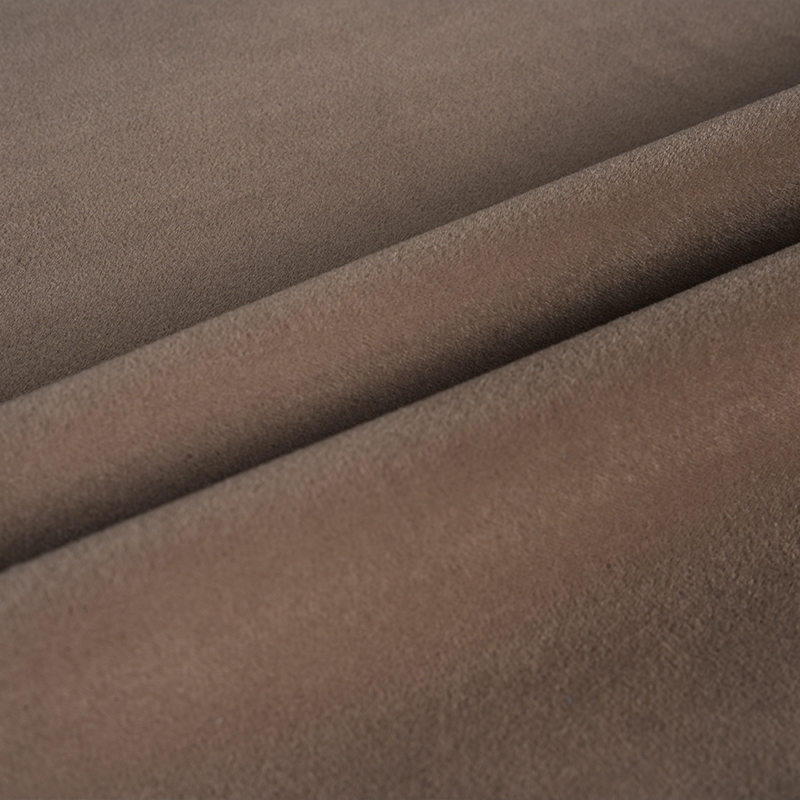
1. Light Blocking Performance
Blackout Curtain Linen
Linen is a natural fiber that offers excellent breathability and strength. However, compared to polyester, its light-blocking performance is weaker. While linen fabric is relatively thick, it does not block light as effectively as polyester. To improve its light-blocking ability, many high-quality linen blackout curtains come with additional linings or a double-layer design. This helps enhance its light-blocking capability.
Blackout Curtain Polyester
Polyester, being a synthetic material, generally offers better light-blocking performance. The density of polyester fabric allows it to effectively block out sunlight, which is why polyester curtains are often chosen for total blackout needs. If you need complete darkness, such as for night shift workers or those living in areas with long summer days, polyester curtains are a more suitable option.
2. Aesthetic Appeal
Blackout Curtain Linen
Linen curtains add a sophisticated, natural look to any room. The natural fibers and unique texture of linen provide a warm, inviting feel, making it perfect for minimalist, Scandinavian, or modern interiors. Linen curtains often lend an organic, relaxed atmosphere to the space. Their refined, slightly rustic aesthetic makes them ideal for living rooms, bedrooms, and other spaces where a cozy, airy vibe is desired.
Blackout Curtain Polyester
Polyester curtains, on the other hand, have a more uniform texture and tend to have a smooth or glossy finish. While modern polyester curtains can be designed to mimic the look of natural fibers like linen or cotton, they do not offer the same warmth or visual texture. If you’re after a more polished, contemporary look, polyester curtains might suit your style better.
3. Durability and Maintenance
Blackout Curtain Linen
Linen is a durable natural fiber, but it requires more careful maintenance. Linen curtains tend to wrinkle easily, and you may need to iron them regularly to keep them looking neat. Moreover, linen can fade over time, especially when exposed to direct sunlight for long periods. It may also shrink if not washed properly. Therefore, linen curtains are best for areas with less direct sunlight and for homeowners willing to invest time in upkeep.
Blackout Curtain Polyester
Polyester curtains, on the other hand, require very little maintenance. Polyester is resistant to wrinkles, shrinking, and fading. Polyester curtains are incredibly durable and easy to clean—most can be machine washed and dried without losing their form or color. For busy households, especially those with children or pets, polyester curtains are a practical and low-maintenance option.
4. Environmental Impact
Blackout Curtain Linen
Linen is made from the flax plant, which is a renewable resource. It is biodegradable and generally considered more environmentally friendly than synthetic fabrics like polyester. The production process for linen requires fewer chemicals and has less environmental impact. Therefore, if sustainability is important to you, linen curtains are a great option due to their eco-friendly nature.
Blackout Curtain Polyester
Polyester, being a synthetic fabric derived from petroleum-based products, has a more significant environmental impact. While newer types of polyester are made from recycled materials, traditional polyester is not biodegradable and contributes to microplastic pollution. If you are eco-conscious, linen curtains are a clear winner over polyester in terms of environmental sustainability.
5. Insulation and Energy Efficiency
Blackout Curtain Linen
Linen’s natural fibers are breathable, which helps regulate temperature in a room. However, linen curtains are not as effective as polyester in terms of insulation. Without additional lining, linen curtains do not offer as much protection against heat in summer or cold in winter. While linen curtains do provide some insulation, they are less effective compared to polyester when it comes to energy efficiency.
Blackout Curtain Polyester
Polyester curtains are typically better at insulating a room. Due to their higher density, they help trap heat in winter and block heat in summer, which can help reduce your energy bills. Many polyester blackout curtains also feature a thermal lining that improves insulation. This makes polyester curtains an excellent choice for homes in extreme climates or for those looking to save on heating and cooling costs.
6. Cost
Blackout Curtain Linen
Linen curtains are generally more expensive than polyester because of the higher cost of raw materials and the more labor-intensive production process. High-quality linen curtains may be out of the budget for some people. If you’re drawn to the natural aesthetic of linen but are on a budget, you can find linen curtains on sale or at discounted prices, but they will still usually be pricier than their polyester counterparts.
Blackout Curtain Polyester
Polyester is much more affordable than linen. Due to its lower production cost and ease of manufacturing, polyester curtains are available at a more budget-friendly price. For those who need effective blackout curtains without breaking the bank, polyester is an excellent choice, offering good functionality at a fraction of the cost of linen.

 English
English Español
Español عربى
عربى